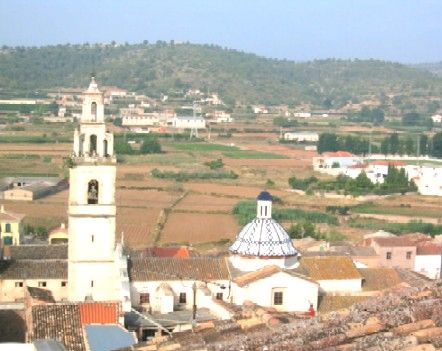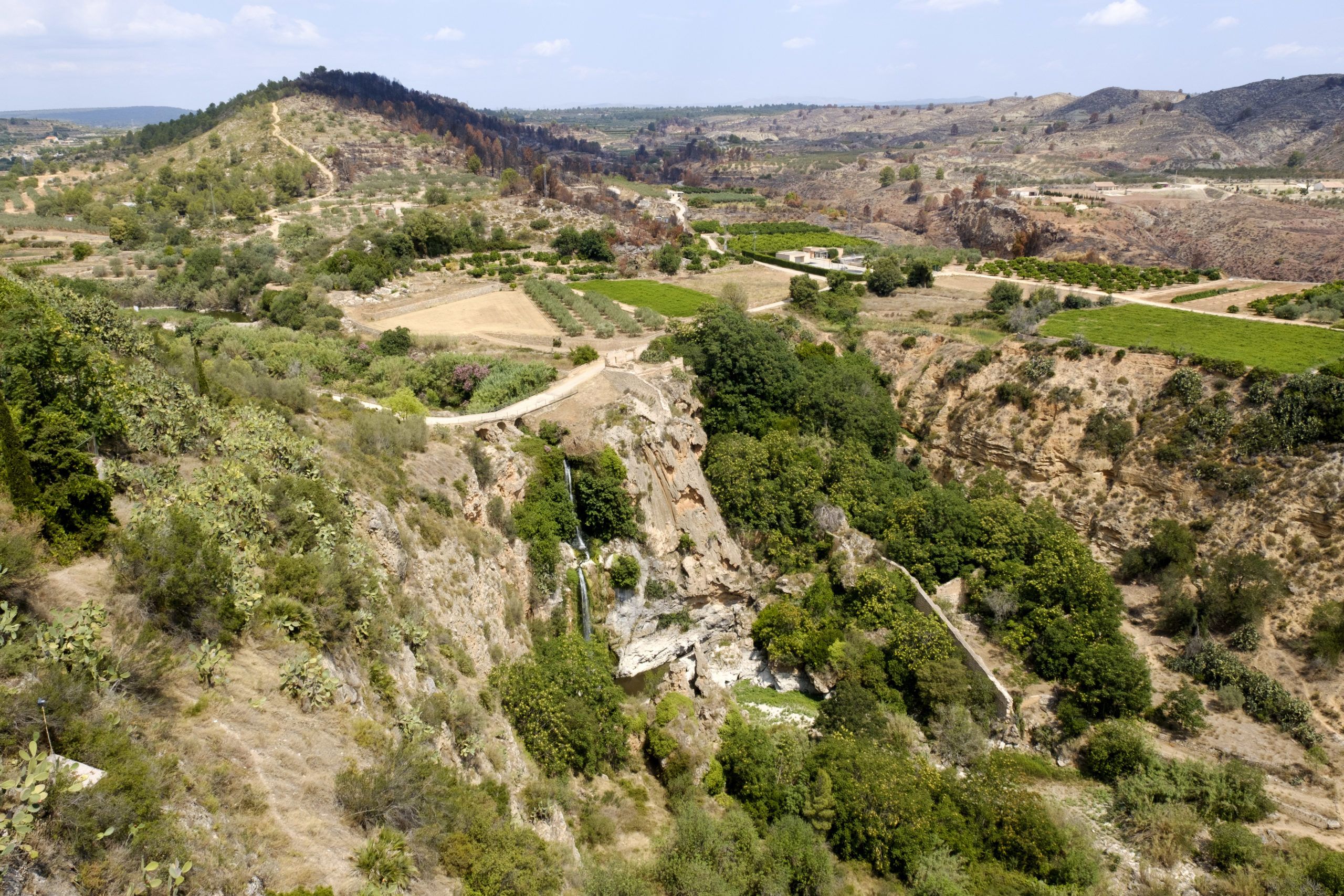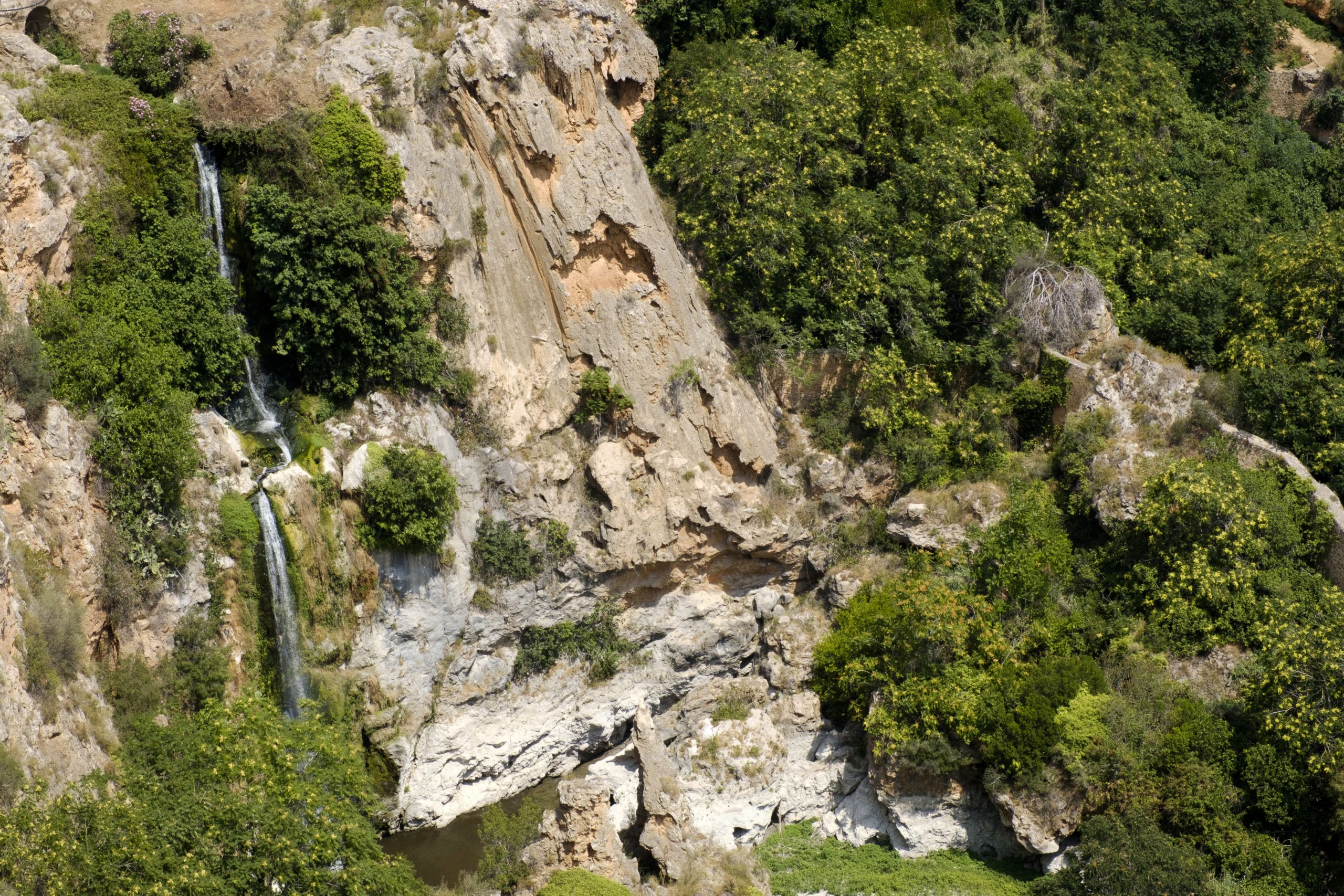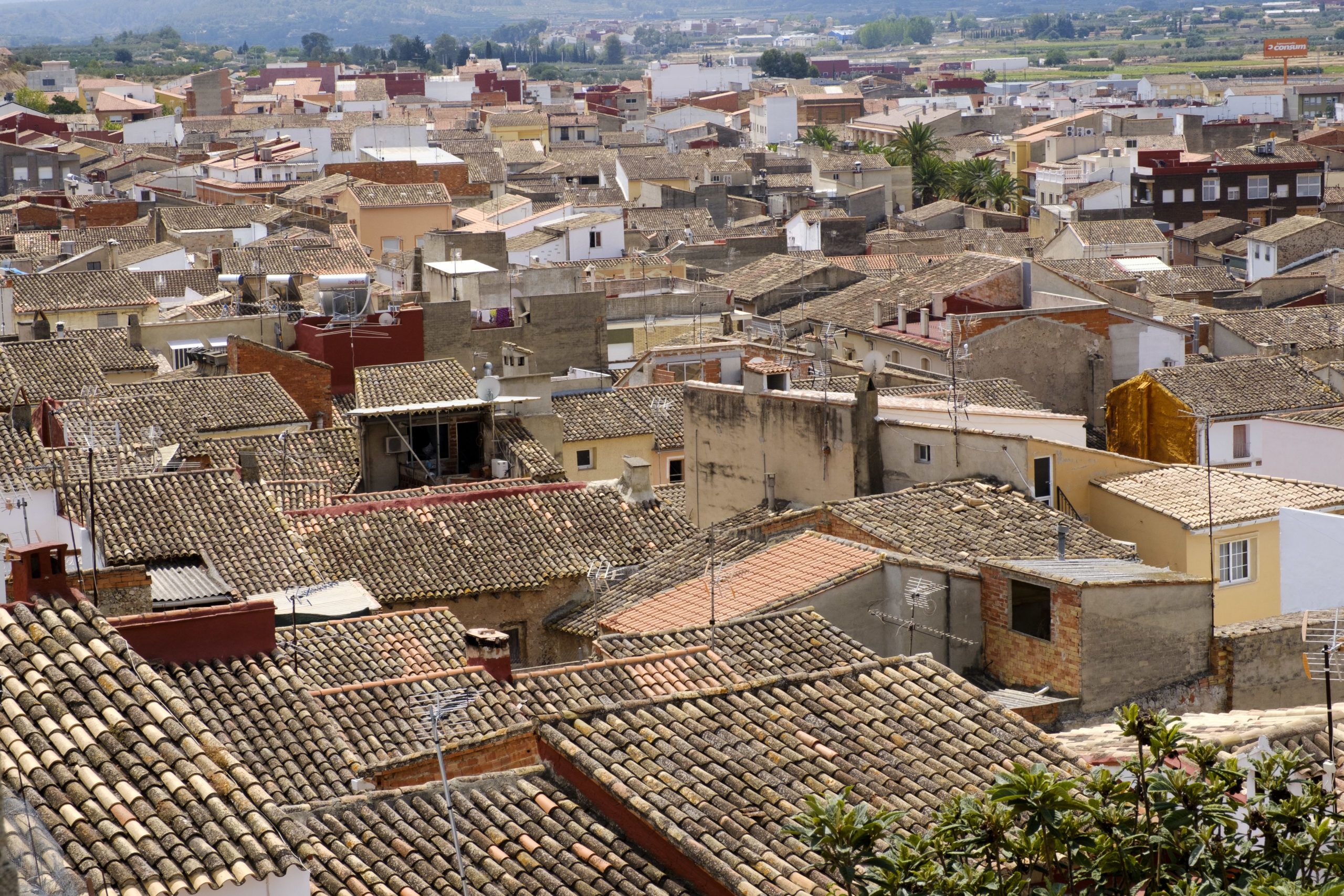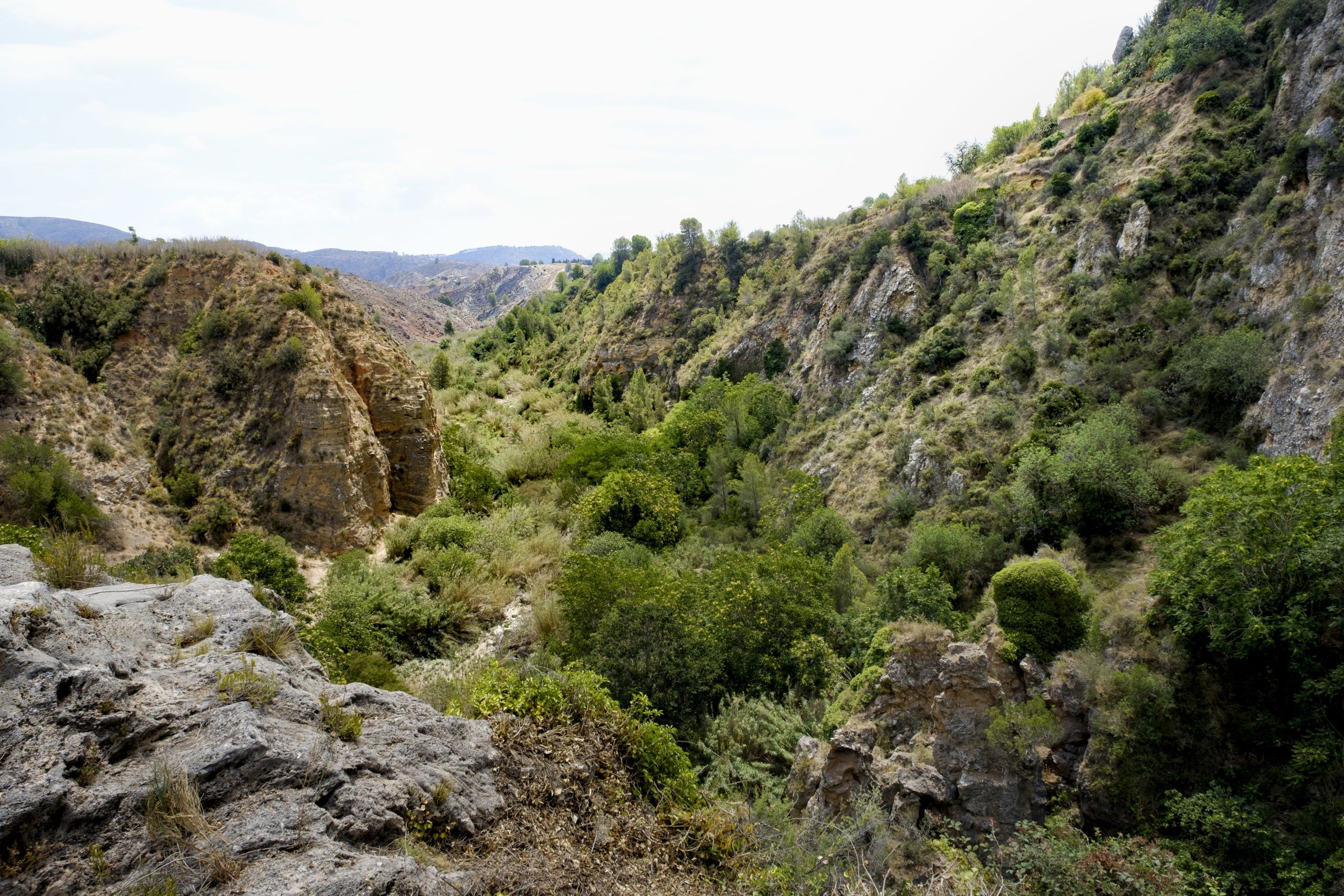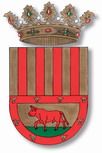Chella
This municipality is located in the centre of the region. It is mountainous, with a small plain in its centre. The main points of altitude are the 3rd-level triangulation stations of Soterraría (324 m), Monto (417 m) and Gallinero (657 m).
The River Sallent crosses the municipality in a south-easterly direction. The municipality is drained by the Turco, Malet, Rafes, Obrer and Brollador ravines, among others.
Gastronomy:
The main culinary specialities are based on rice: baked rice and brothy rice. A typical, non-rice dish is “casolica de penques”, made from potatoes and penca (the tender stem of the artichoke).
The local gastronomy also includes stews and gazpacho. Small cakes called torticas are made from peanuts and olive oil for the festivities of Saint Blaise.
The municipality offers are wide variety of sweet dishes: biscuits, aniseed rolls, sweet potato cakes, rosette cakes, a baked cake known as coca de llanda, almonds, pastries and bread known as hogasa, which is baked for All Saints.
Places of interest:
Monuments
The parish church of the Virgin of Gracia, built in the 18th century; the dome is currently subject to research by exports, as it is believed that its restoration may have been carried out under Gaudí.
Hermitage of Saint Nicholas.
Feudal seat of the Counts of Bunyol.
Los Chopos fountain, the Mirador del Salto fountain and lavoir.
The lavoir located in the park.
An ancient Arabic mosque.
The Monks Convent.
Els Castillets, remains of Arabic origin.
Natural areas
El Mirador, from where the visitor can observe one of the region’s most spectacular panoramic views.
El Salto: if the visitor dedicates a short time to visiting the area, he/she will discover the ruins of an electricity generating station and one of the most beautiful landscapes to be found in the area. It has been named “El Paraiso”, due to its exuberant vegetation. The Lluvia cave is also located in the area.
El Zarzalet ravine. There is an ancient cave that was formerly used to shelter animals, as well as a spring, in the area.
El Abrullador spring, located some five kilometres from the village, supplies the village of Chella with water. Following the bed that runs to El Abrullador ravine, we find Los Molinicos and La Playa Salvaje, were is to possible to enjoy a refreshing swim.
Los Chopos spring is located near to the village and serves as an access to the magnificent La Fuente park, which was recently built next to the River Sallent. It is equipped with a multi-use track, a beautiful promenade with benches, a green zone and an area used for dances, concerts and public acts. The area offers magnificent views.
Other springs to be found in the area include Clochicas and El Abogao. The remains of a thermal and medicinal spa are to be found in the north of the municipality.
Archaeological sites
Flints and ceramics dating from the Mesolithic period until the end of the metal ages were found in the caves located in the Llop ravine. A large number of remains from the Palaeolithic, Neolithic and Iberian ages have been found in the area known as El Volantín.
Flint remains have been discovered in Coves del Turco, which is located in the vertical walls of a ravine.
Furthermore, numerous ceramic remains of Iberian origin have been discovered throughout the municipality.
The municipality of Chella conserves the ancestral tradition of handmade “caliquenyos” (small, recently-legalized cigars), bobbin lace and a variety of crafts producing ornamental stone (employed in façades, chimneys, driveways, etc.).
Festivities:
The village celebrates its festivities on 3rd and 4th January in honour of the patron Saint Blaise and Christ the Comforter. The festivities include parades, dances, fireworks, etc. This is the only village in Canal de Navarrés that has a “Falla” (traditional Valencian combustible monuments burnt during the “Fallas” festivities). The village also celebrates the festivities of Saint Nicholas (6th December), the Virgin of Gracia (8th September) and the Sacred Heart (the weekend following Corpus Christi). During the first week of August, Chella celebrates its culture week, replete with a variety of popular acts, such as exhibitions, concerts, children’s workshops, theatre, etc., culminating in the weekend celebration of Moors and Christians festivities.


